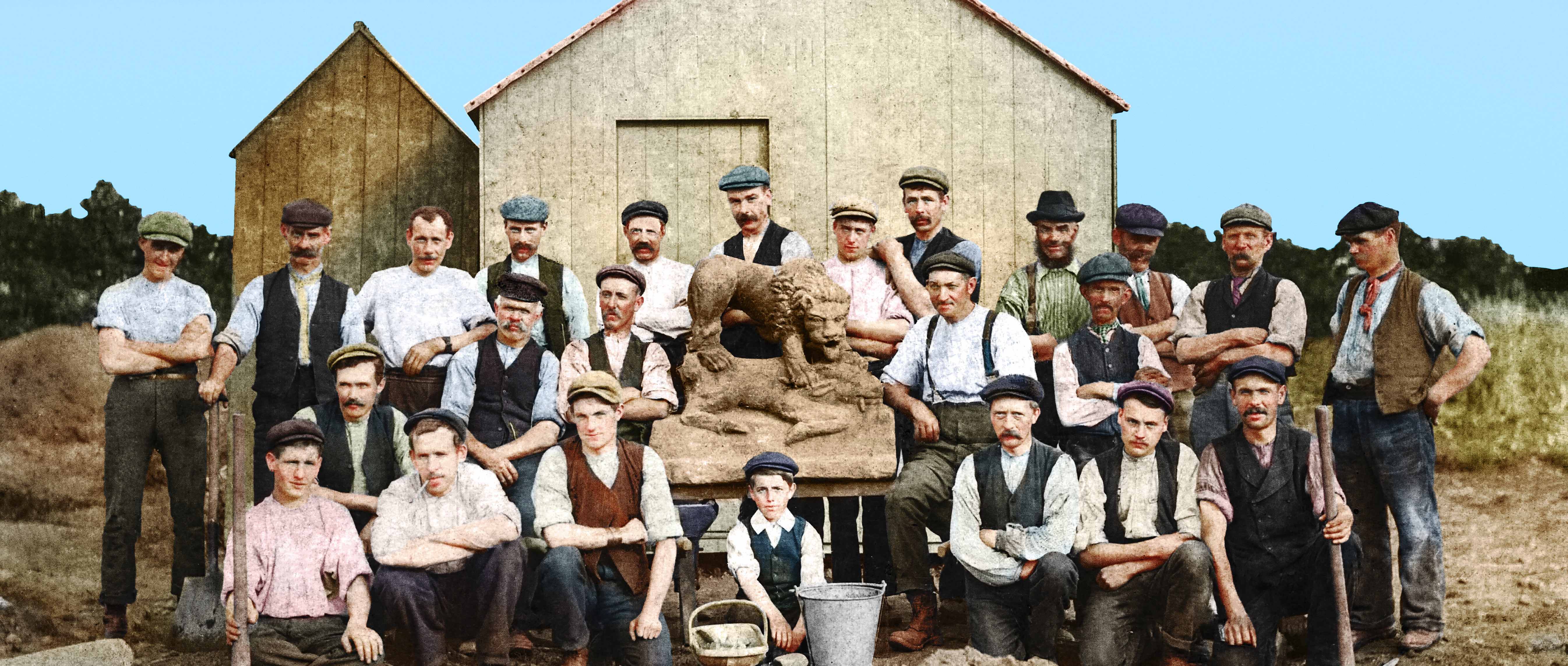The Photographs
The excavations were recorded in photographs taken by J.P. Gibson (1838-1912) which have become an invaluable record of the work on site. Gibson was a chemist, photographer and archaeologist based in Hexham, just four miles west of Corbridge. [1] He was the official photographer for the excavations from 1906 until his death in 1912. The images he took are of such high quality that when scanned today they have allowed re-interpretations of the archaeology, and the identification of individuals. The photographs are spread across archives in Northumberland, Swindon and Oxford, cared for by multiple organisations.
The men
The men who worked on the excavations were locals, usually working as miners, bricklayers and labourers. Many of these roles would have been based on short term contracts, with the men almost perpetually seeking employment. The excavations were therefore just another job for them, at least initially.
The weekly wages paid to the men on site is not known, however in 1907, the average weekly wage for an agricultural labourer was 21s 2d. Once 25-30% of their income was used for rent, the rest would not go far to feed, heat and clothe everyone. An average family of seven, not uncommon at the time, would spend 1s 6d on butter, 3 shillings on bread and 1s and 3d on coal per week. Even a cheap pair of boots cost 5s and a second hand coat 3s 6d. It is estimated that at this period, one third of families lived below the poverty line, and many of the workers at Corbridge would likely have been in this category.
Robert Henry Guy
Robert Henry Guy (1884-1942) was born in Hexham and was adopted by Joseph and Sarah Guy of Corbridge. He worked a variety of jobs from butcher to gardener, from mason’s labourer to ash closet scraper (emptying the outside toilets and taking the waste to be used as fertiliser). He died by drinking poison. The family believe it was to prevent suffering, and the cost of caring for him, as he was very ill. A harsh reminder of the situation poor families had to face when medical help was not free.
Robert's family are proud of the role he played in the excavations on site. Gary Wright, the great-grandson of Robert, has carried out significant research on his family history, and has a photograph Robert had been given whilst he was working on the excavations. They also own the watch chain which can be seen in Roberts’ waistcoat in the photograph.
Surtees Forster
Surtees Forster (Oct 1892- 15 Sept 1916) left school at the national leaving age of 13. His first job was to work on the excavations. We don’t know very much about his duties on site, though photographs of a similarly aged un-named boy show him carrying the trugs used to put finds into, and taking water to the labourers. One specific task we know Surtees undertook, as he told his family, was to wash down the Corbridge lion after it was discovered.
Surtees later went on to become a draper before signing-up at the outset of WWI. He became a sergeant in the 1st/4th Battalion, Northumberland Fusiliers. Killed in action on 15th September 1916 on the first day of the battle of Flers-Courcelette, on the Somme, his body was not found until 1937. Sadly, his father died in 1931, so it was his mother alone who arranged (and paid) for the personal message to be engraved on his headstone at Longueval cemetery. The family visited his grave on the centenary of his death.
Explore More
-
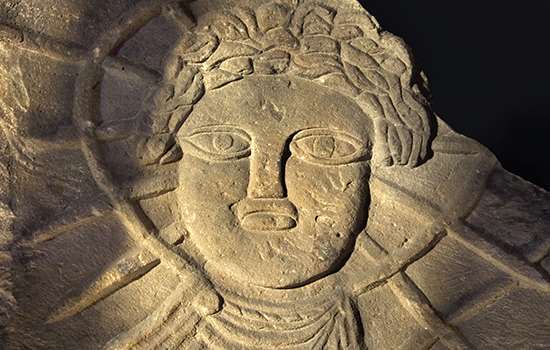
Corbridge: History and Stories
Corbridge developed from a military outpost into a cosmopolitan town. Explore its history and extraordinary collection of objects.
-
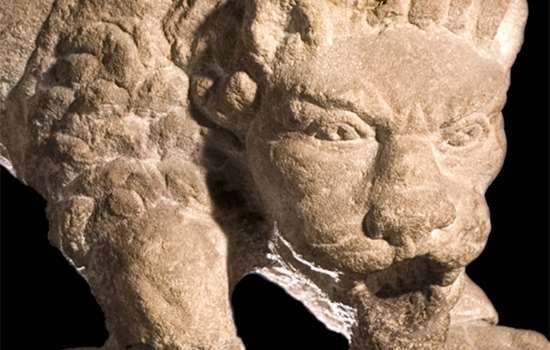
The Corbridge Lion and Changing Beliefs
Lions were commonly used as sacred symbols in Roman memorials to the dead, but the Corbridge lion is different. Discover what this extraordinary scultpture tells us about changing beliefs in Roman Britain.
-
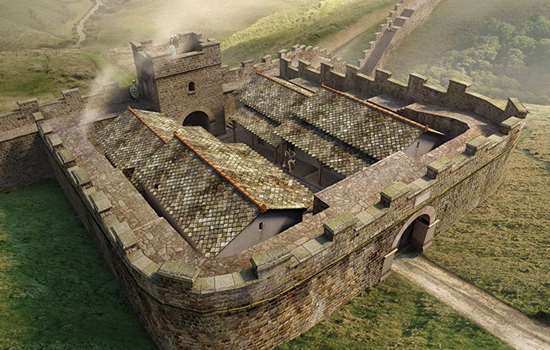
Hadrian’s Wall: History and Stories
Discover the histories, stories and mysteries associated with English Heritage’s Hadrian’s Wall sites.
-
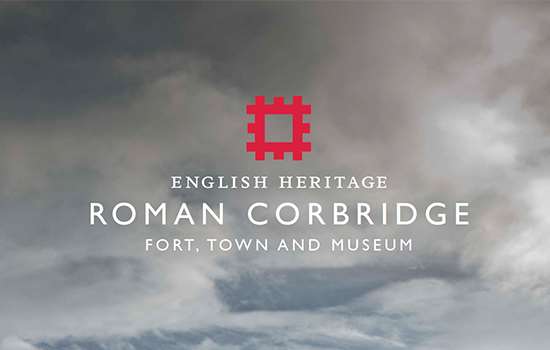
Buy the Guidebook
This guidebook gives a full tour of the site and museum as well as a detailed history of Roman Corbridge.
